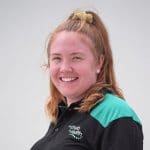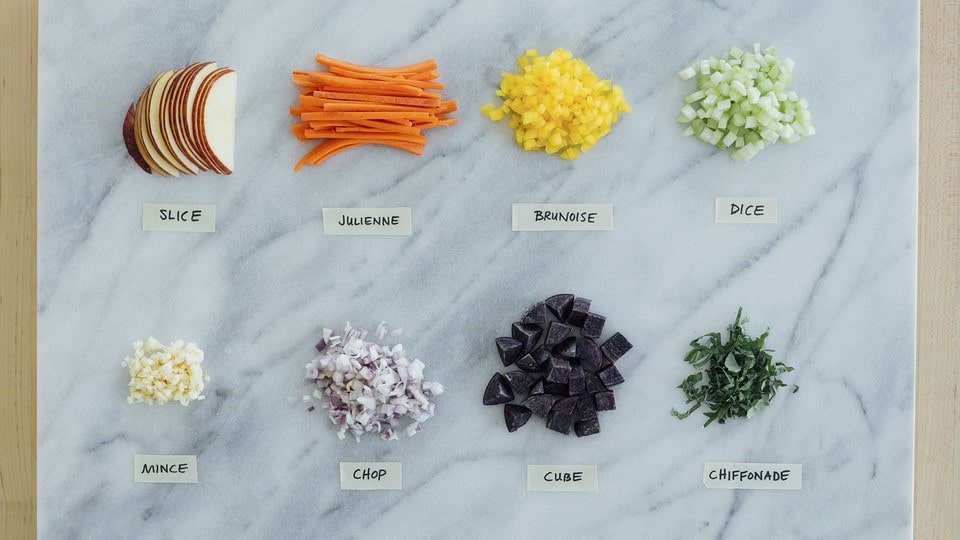You may or may not have noticed but every month our newsletter has new recipes to try. The recipes are designed to suit the season in terms of fruit and vegetable available but also the type of weather. For example, July is the middle of winter and this month recipe is a nice potato and chorizo soup, something that wouldn’t normally be served on a 40°C summers day. Its all well and good that we create these recipes but can you or anyone for that matter read and follow them to cook themselves a nice winter warmer? Some of us may take our cooking literacy skills for granted but there are number of people who are not able to cook a meal due to poor food literacy.
Understanding Food Literacy
Food literacy is the use and collection of knowledge, skills and behaviours that allow a person to plan, manage, select, prepare and eat food to meet needs. Poor food literacy indicates that there is a lack of understanding or ability which affects one or more of these areas. How do you know if you have poor food literacy though? Well, that’s not a straight forward answer because you might be able to do a lot of things when it comes to planning, buying and preparing foods but then the act of cooking may be an overwhelming task. For some even able to plan a meal can be a struggle. It is really dependent on person to person which is why in this month blog we are going to discuss recipe literacy or as I like to call it “how to read a recipe”.
Where to Start
Being able to read a recipe and understand what it is asking is a good place to start when improving food literacy. It can help with planning and shopping of meals and food; it can also help you indicate the level of difficulty and effort required. For beginners I also suggest to choose recipes that take no longer than 40 minutes to prepare and cook because anything longer for someone just starting can way too overwhelming. Some recipes won’t separate cook times from prep times which can be a real struggle to gauge how long it will take but remember as a beginner everything is going to take slightly longer anyway which is why choosing a recipe under 40 minutes is again a good start even if they don’t separate prep and cook time.
What’s with the tsp and tbsp?
Ahhh abbreviations, there here to make life easier but for a beginner in the kitchen or someone with poor food literacy they can look like we are speaking another language. Below are some common abbreviations for common measures in recipes. Understanding these can help you understand how much is chilli powder is required that doesn’t burn your mouth.
- Tablespoon: Tbsp, tbsp, TB, tb
- Teaspoon: Tsp, t, T
- Cup: C
- Milliliter: mL, ml
- Grams: g
- Ounce: oz
- Liter: L
- Kilograms: Kg
- Pound: lb
What about things like finely and chopped?
Words like these describe how fruit, vegetables and meat need to be prepared. Below is a visual guide to helping you better understand what the recipes are looking for when they say these descriptors. Finely or rough though can refer to how small or neat it needs to be prepared. For example, if something needs to be finely sliced, the food needs to be cut very thin whereas roughly chopped can refer to thick chunks.
Book a session with a Dietitian
If you are wanting more help understanding recipes, labels on food or how to plan, shop and cook meals then book a session with our dietitian today.

Written by Jess Koznedelev
Jess has a great passion for all things food, especially the joy it can bring people. Her big passion areas include Health At Every Size®, eating disorders & paediatric nutrition.
As accredited practicing dietitian, Jess provides an evidence-based, individualised approach to help you make sustainable health behaviour changes that are long lasting. Book a Dietetics Consultation today.
 WISHING EVERYONE A HAPPY NEW YEAR! WE'VE RETURNED TO OUR REGULAR OPENING HOURS
WISHING EVERYONE A HAPPY NEW YEAR! WE'VE RETURNED TO OUR REGULAR OPENING HOURS

